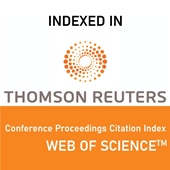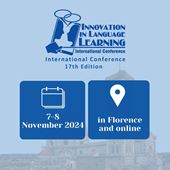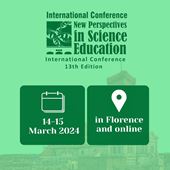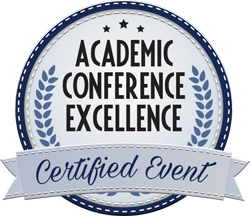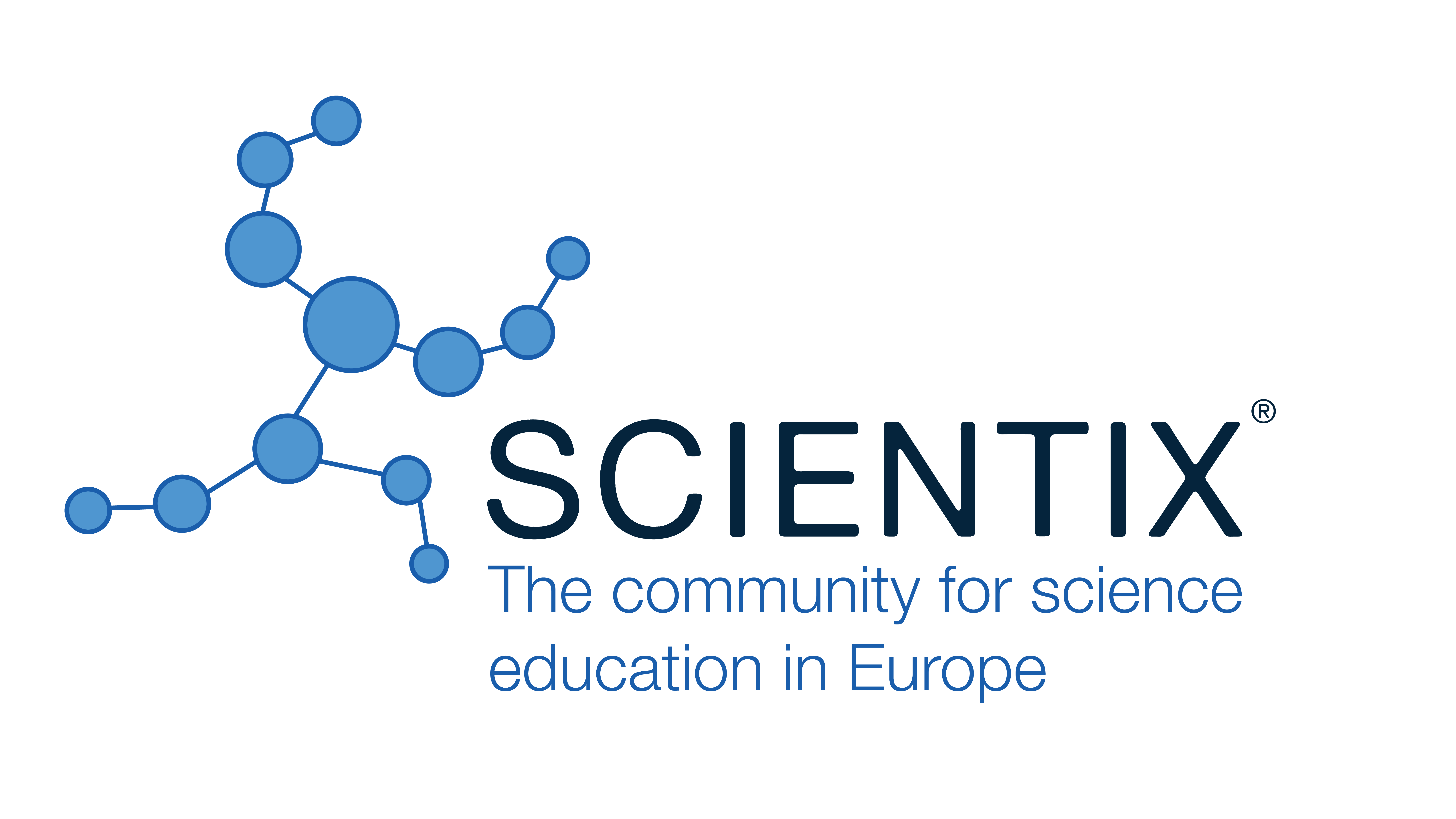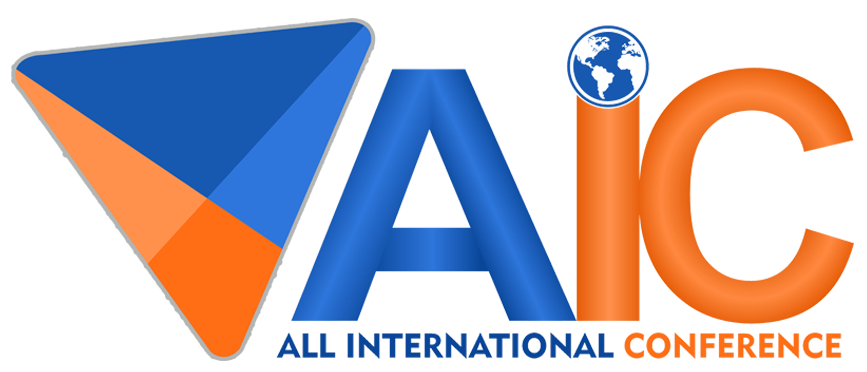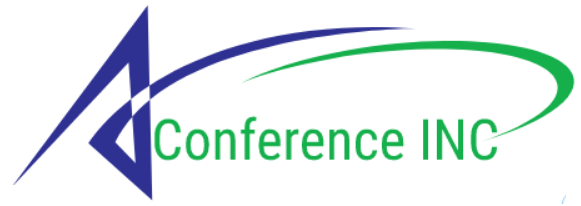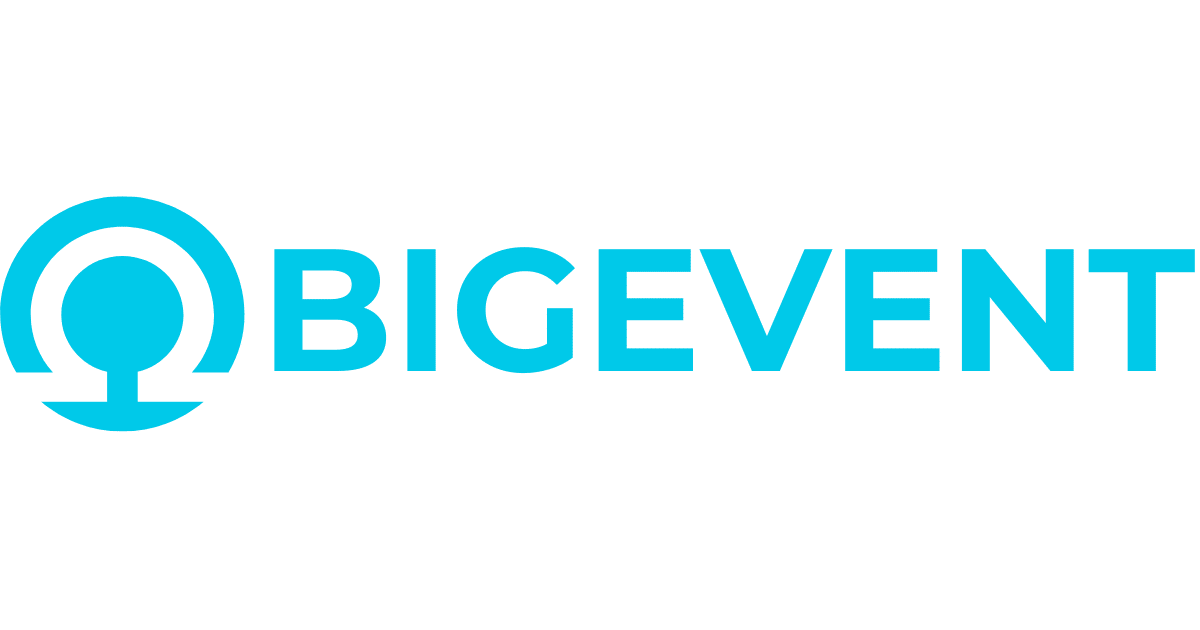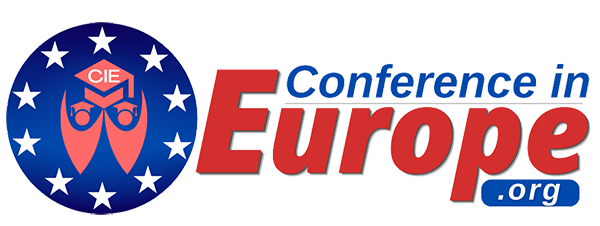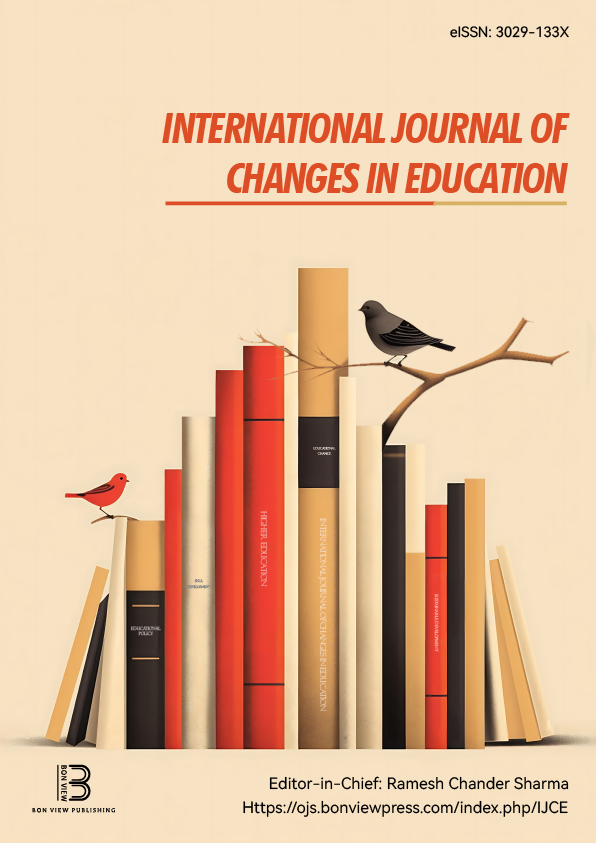Using Generative AI to Produce Teaching Aids
Brian Butka, Embry-Riddle Aeronautical University (United States)
Catharine Tew, Embry-Riddle Aeronautical University (United States)
Alessia Tripaldelli, Embry Riddle Aeronautical University (United States)
George Pozek, Embry-Riddle Aeronautical University (United States)
Abstract
The advent of generative AI has revolutionized many domains, with education being one of the most impacted. Generative AI is already transforming teaching and learning practices, shifting the focus towards leveraging its capabilities to enhance classroom instruction despite concerns about potential misuse by students. A review of the literature reveals that efforts to utilize generative AI to produce teaching materials are in the early stages. This research explores the creation of educational content for a sophomore-level course on binary systems, digital logic, and digital systems. The novelty of this work lies in using generative AI not to directly write classroom materials or perform grading, but rather to develop programs that serve as learning aids for students. Notably, the user’s programming expertise does not limit the programming techniques generative AI can apply. The learning aids developed in this research are Python programs written as Jupyter notebooks and accessible from anywhere via Google Colab. The research identifies high-value learning objectives where students commonly struggle, particularly in areas where generative AI often produces incorrect results. AI-generated programs are then used as learning aids on these topics, allowing students to input their own problems and observe the solution process. These learning aids were deployed in classes with 80 students. Their effectiveness was assessed by gathering student feedback and analyzing student performance.
|
Keywords |
Generative AI, Python Notebook, Learning Aid |
|
REFERENCES |
[1] J. Savelka, A. Agarwal, C. Bogart, Y. Song, and M. Sakr, “Can Generative Pre-trained Transformers (GPT) Pass Assessments in Higher Education Programming Courses?” in Proceedings of the 2023 Conference on Innovation and Technology in Computer Science Education V. 1, ser. ITiCSE 2023. New York, NY, USA: Association for Computing Machinery, Jun. 2023, pp. 117–123. [2] B. Puryear and G. Sprint, “Github copilot in the classroom: Learning to code with AI assistance,” J. Comput. Sci. Coll., vol. 38, no. 1, pp. 37–47, Nov. 2022. [3] V.-A. P˘adurean, G. Tzannetos, and A. Singla, “Neural Task Synthesis for Visual Programming,” 2023. [4] R. W. Brennan and J. Lesage, “Exploring the Implications of OpenAI Codex on Education for Industry 4.0,” in Service Oriented, Holonic and Multi-Agent Manufacturing Systems for Industry of the Future, T. Borangiu, D. Trentesaux, and P. Leit˜ao, Eds. Cham: Springer International Publishing, 2023, pp. 254–266. [5] A. Moradi Dakhel, V. Majdinasab, A. Nikanjam, F. Khomh, M. C. Desmarais, and Z. M. J. Jiang, “GitHub Copilot AI pair programmer: Asset or Liability?” Journal of Systems and Software, vol. 203, p. 111734, Sep. 2023. [6] R. A. Poldrack, T. Lu, and G. Beguˇs, “AI-assisted coding: Experiments with GPT-4,” Apr. 2023. [7] J. Finnie-Ansley, P. Denny, A. Luxton-Reilly, E. A. Santos, J. Prather, and B. A. Becker, “My AI Wants to Know if This Will Be on the Exam: Testing OpenAI’s Codex on CS2 Programming Exercises,” in Proceedings of the 25th Australasian Computing Education Conference, ser. ACE ’23. New York, NY, USA: Association for Computing Machinery, Jan. 2023, pp. 97–104. [8] A. Tripaldelli, B. Butka, and C. Elder, “The Development and Evaluation of Artificial Intelligence (A.I.) Tutor for a Java Programming Class,” ISSN: 2758-0962 The Paris Conference on Education 2023: Official Conference Proceedings, pp. 363–370, Feb. 2023. [9] P. Denny, V. Kumar, and N. Giacaman, “Conversing with Copilot: Exploring Prompt Engineering for Solving CS1 Problems Using Natural Language,” in Proceedings of the 54th ACM Technical Symposium on Computer Science Education V. 1, ser. SIGCSE 2023. New York, NY, USA: Association for Computing Machinery, Mar. 2023, pp. 1136–1142. [10] J. Finnie-Ansley, P. Denny, B. A. Becker, A. Luxton-Reilly, and J. Prather, “The Robots Are Coming: Exploring the Implications of OpenAI Codex on Introductory Programming,” in Proceedings of the 24th Australasian Computing Education Conference, ser. ACE ’22. New York, NY, USA: Association for Computing Machinery, Feb. 2022, pp. 10–19. [11] Y. Li, D. Choi, J. Chung, N. Kushman, J. Schrittwieser, R. Leblond, T. Eccles, J. Keeling, F. Gimeno, A. Dal Lago, T. Hubert, P. Choy, C. de Masson d’Autume, I. Babuschkin, X. Chen, P.-S. Huang, J. Welbl, S. Gowal, A. Cherepanov, J. Molloy, D. J. Mankowitz, E. Suther-land Robson, P. Kohli, N. de Freitas, K. Kavukcuoglu, and O. Vinyals, “Competition-level code generation with AlphaCode,” Science, vol. 378, no. 6624, pp. 1092–1097, Dec. 2022. [12] J. Savelka, A. Agarwal, M. An, C. Bogart, and M. Sakr, “Thrilled by Your Progress! Large Language Models (GPT-4) No Longer Struggle to Pass Assessments in Higher Education Programming Courses,” in Proceedings of the 2023 ACM Conference on International Computing Education Research - Volume 1, ser. ICER ’23, vol. 1. New York, NY, USA: Association for Computing Machinery, Sep. 2023, pp. 78–92. [13] C. Elder, G. Pozek, S. Horine, A. Tripaldelli, and B. Butka, “Can Artificial Intelligence Pass a Sophomore Level Digital Design Laboratory?” in SoutheastCon 2023. IEEE, 2023, pp. 861–868. [14] P. Sridhar, A. Doyle, A. Agarwal, C. Bogart, J. Savelka, and M. Sakr, “Harnessing LLMs in Curricular Design: Using GPT-4 to Support Authoring of Learning Objectives,” Jun. 2023. [15] J. K. Matelsky, F. Parodi, T. Liu, R. D. Lange, and K. P. Kording, “A large language model-assisted education tool to provide feedback on open-ended responses,” 2023. [16] S. Sarsa, P. Denny, A. Hellas, and J. Leinonen, “Automatic Generation of Programming Exercises and Code Explanations Using Large Language Models,” in Proceedings of the 2022 ACM Conference on International Computing Education Research - Volume 1, ser. ICER ’22, vol. 1. New York, NY, USA: Association for Computing Machinery, Aug. 2022, pp. 27–43. [17] P. Denny, S. Sarsa, A. Hellas, and J. Leinonen, “Robosourcing Educational Resources – Leveraging Large Language Models for Learner-sourcing,” Nov. 2022. [18] P. Denny, H. Khosravi, A. Hellas, J. Leinonen, and S. Sarsa, “Can We Trust AI-Generated Educational Content? Comparative Analysis of Human and AI-Generated Learning Resources,” Jul. 2023. [19] J. Zhang, J. Cambronero, S. Gulwani, V. Le, R. Piskac, G. Soares, and G. Verbruggen, “Repairing Bugs in Python Assignments Using Large Language Models,” Sep. 2022. [20] T. Phung, J. Cambronero, S. Gulwani, T. Kohn, R. Majumdar, A. Singla, and G. Soares, “Generating High-Precision Feedback for Programming Syntax Errors using Large Language Models,” in International Conference on Educational Data Mining, Jul. 2023, pp. 370–377. [21] S. Horine, G. Pozek, and B. Butka, “Can Artificial Intelligence Be Used as a Tutor to Improve Student Performance in a Technical Writing Class?” ISSN: 2758-0962 The Paris Conference on Education 2023: Official Conference Proceedings, pp. 305–321, Jan. 2023. S. Amani, L. White, T. Balart, L. Arora, D. K. J. Shryock, D. K. Brumbelow, and D. K. L. Watson, “Generative AI Perceptions: A Survey to Measure the Perceptions of Faculty, Staff, and Students on Generative AI Tools in Academia,” Apr. 2023. Brumbelow, and D. K. L. Watson, “Generative AI Perceptions: A Survey to Measure the Perceptions of Faculty, Staff, and Students on Generative AI Tools in Academia,” Apr. 2023. |
 The Future of Education
The Future of Education
